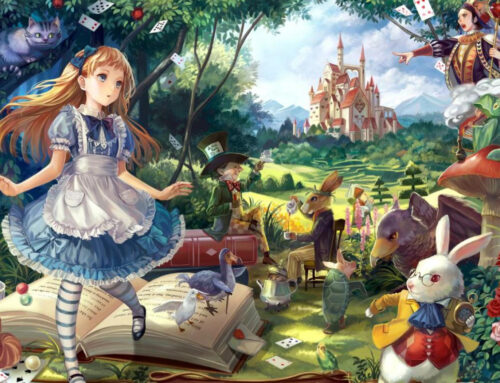“Of all sad words of tongue or pen, the saddest are these: It might have been.” This quote by John Greenleaf Whittier sums up The Hobbit Trilogy for me. Somewhere in the production and the filming of the movie something went wrong – very, very wrong. It feels for me as if what soul the movie had was removed and it became a parody almost of itself.
Here is NerdiPop’s massive post on Why The Hobbit Trilogy Didn’t Work. I will be spacing this one out for the following few days as this will most likely be too long for one blog post alone. I will however be posting the full article at the end of the series for those who want to read a wall of text.
Kindly note that this is our opinion and obviously not one shared by everyone.
1. Development Hell
The Hobbit suffered from one of the worst cases of development hell in recent memory. Originally The Hobbit would have been directed and produced by Guilermo Del Toro and not Peter Jackson. Guilermo started pre-production on the movie in 2008 and spent the better part of two years in pre-production. Unfortunately in 2010 he had to leave the project as he had not receive the officially green light and he had other projects he was working on that needed to be started with. Unfortunately with the departure of Guilermo Del Toro the designs he had for the dwarfs and the scenery left with him as Peter Jackson had his own ideas. Philippa Boyens expressed regret in Guilermo departing from the project. She said that Guilermo’s vision would have been more of a fairy tale and that his version of Bilbo would have been younger and more innocent of the world, instead of The Hobbit who had a sense of longing for adventure and has lost it and become fussy and fusty.
2. The magic of technology ruins the magic of cinema
When he started filming The Hobbit , Peter Jackson was a firm believer that the future of Cinema would be the use of HFR technology and so he shot the film in 48fps. Now for those who don’t know – most movies today are shot at 24fps, which is the cinematic standard. This didn’t become the standard due to aesthetic choices – it was mainly due to the limitation of the sound technology.
Due to this we have, for the better part of 80 years, seen movies at the standard frame rate of 24fps. To put this in a example, in the movie my Bloody Valentine 3D there are scenes where the action looks like it was shot at 30fps, even though it was shot on a cinematic camera it looks cheap. It looks like video, it doesn’t give off the feeling of cinema or film.
Everything we know of prop building and set building has been done with the knowledge we have of shooting at 24fps.
Disclosure: I have not seen The Hobbit in 48fps yet, but with that said I have heard and read online from people who have seen The Hobbit in 48fps, that some of the effects seemed to have been lost, things we always accepted as looking right seemed out of place and severely fake in some places. In the end it’s a directors vision and we have to respect it, but for me – rather give me the old style of movies any day.
Be sure to set the video to 720p to see how the 48fps looks









